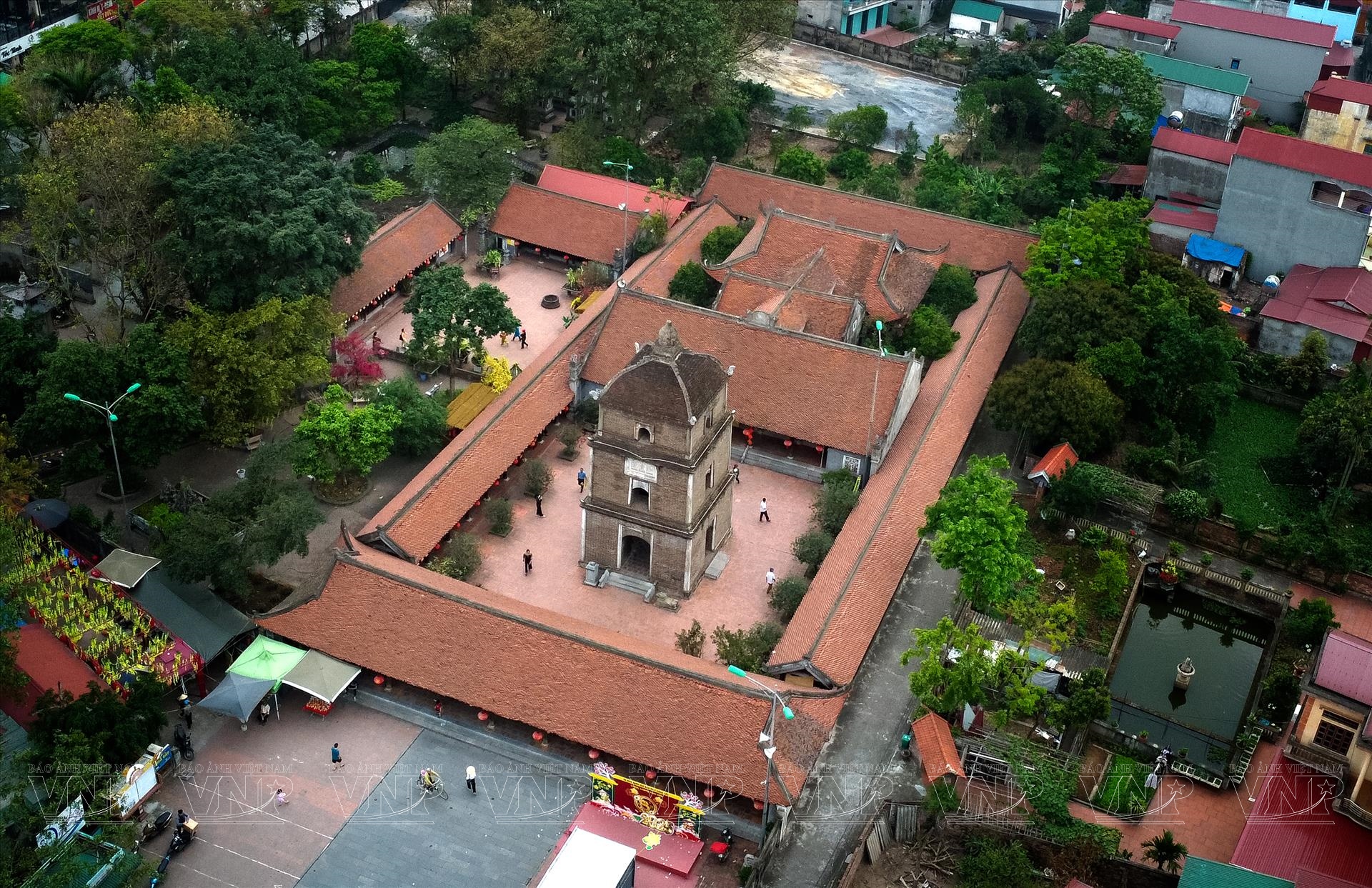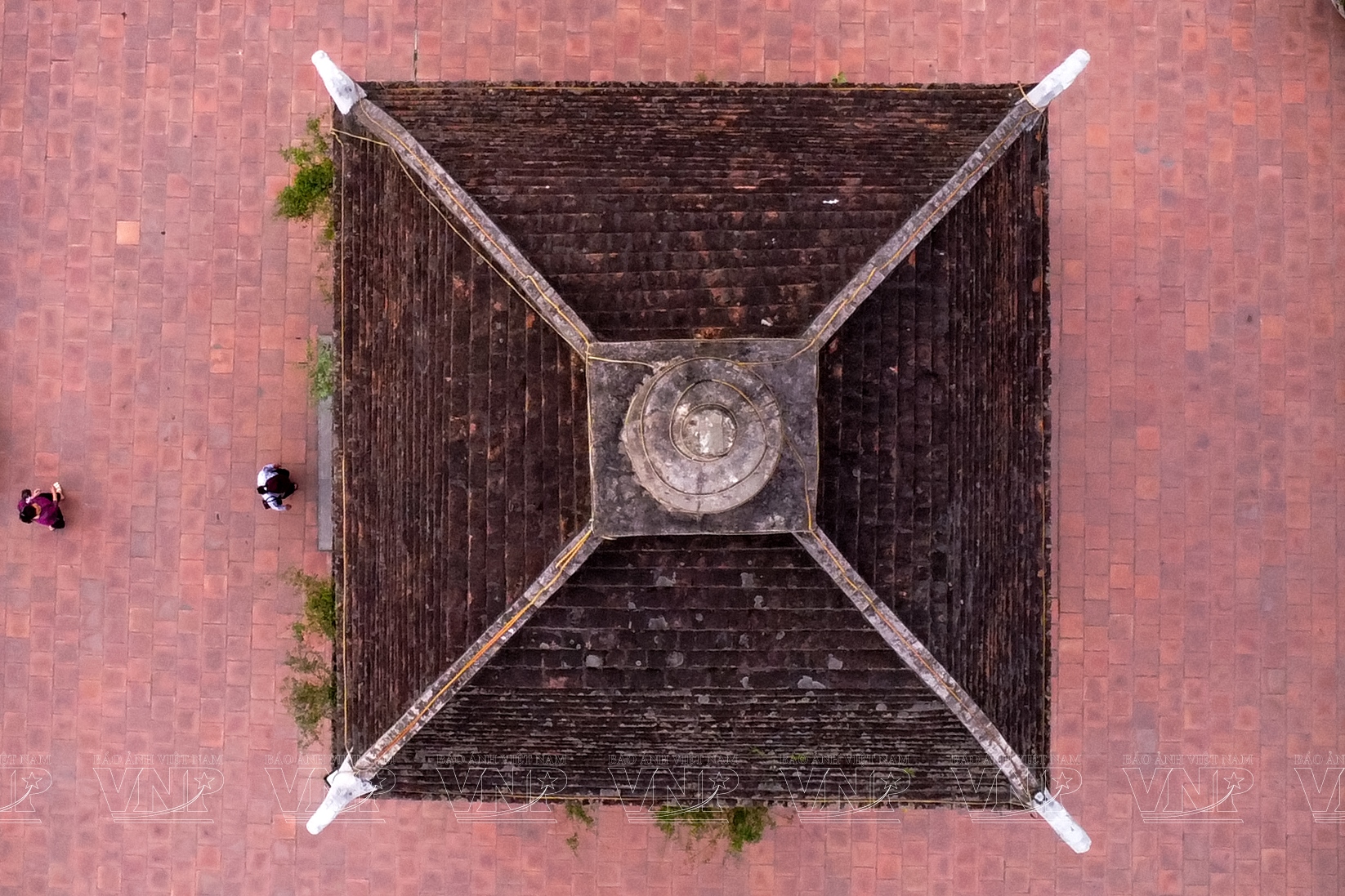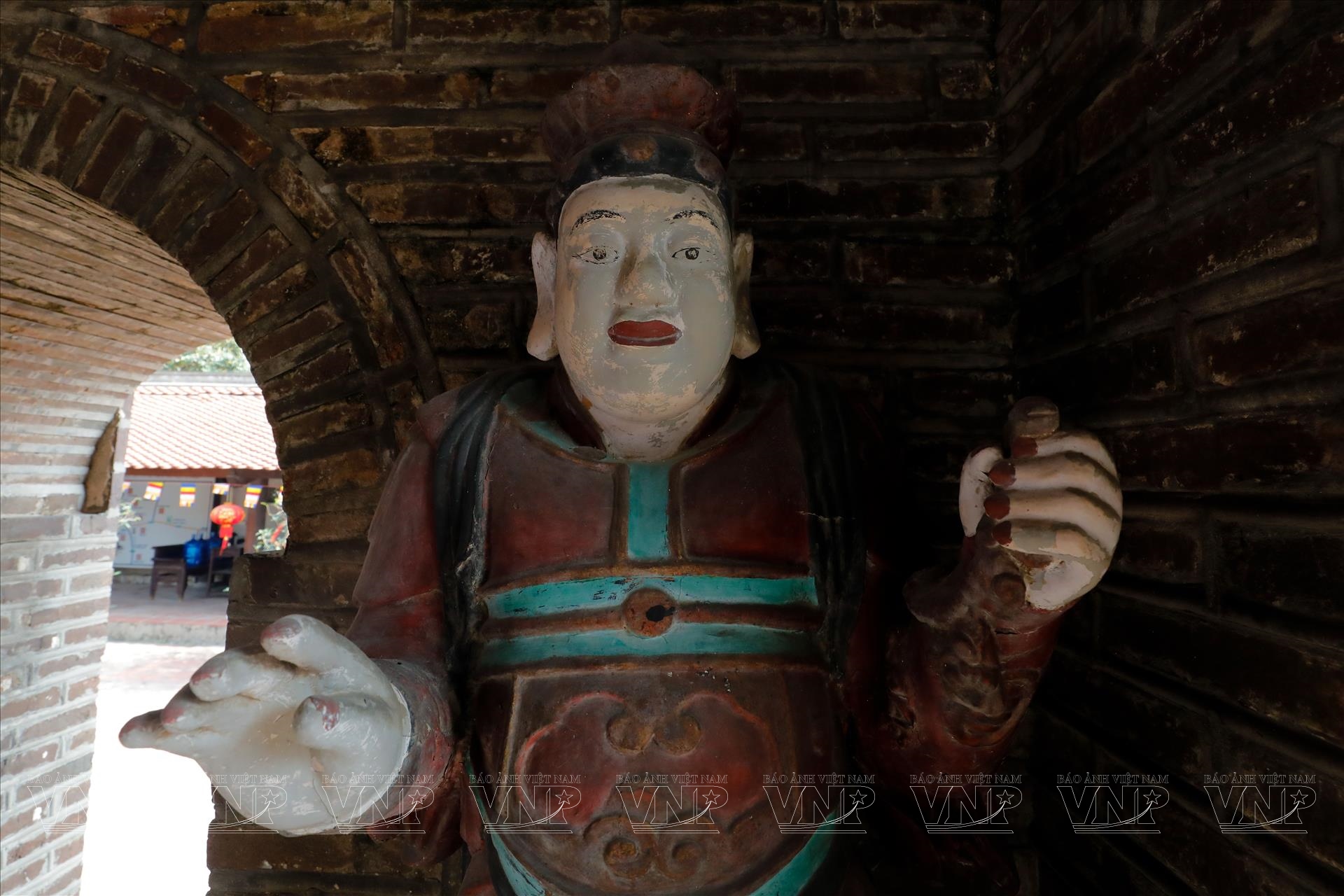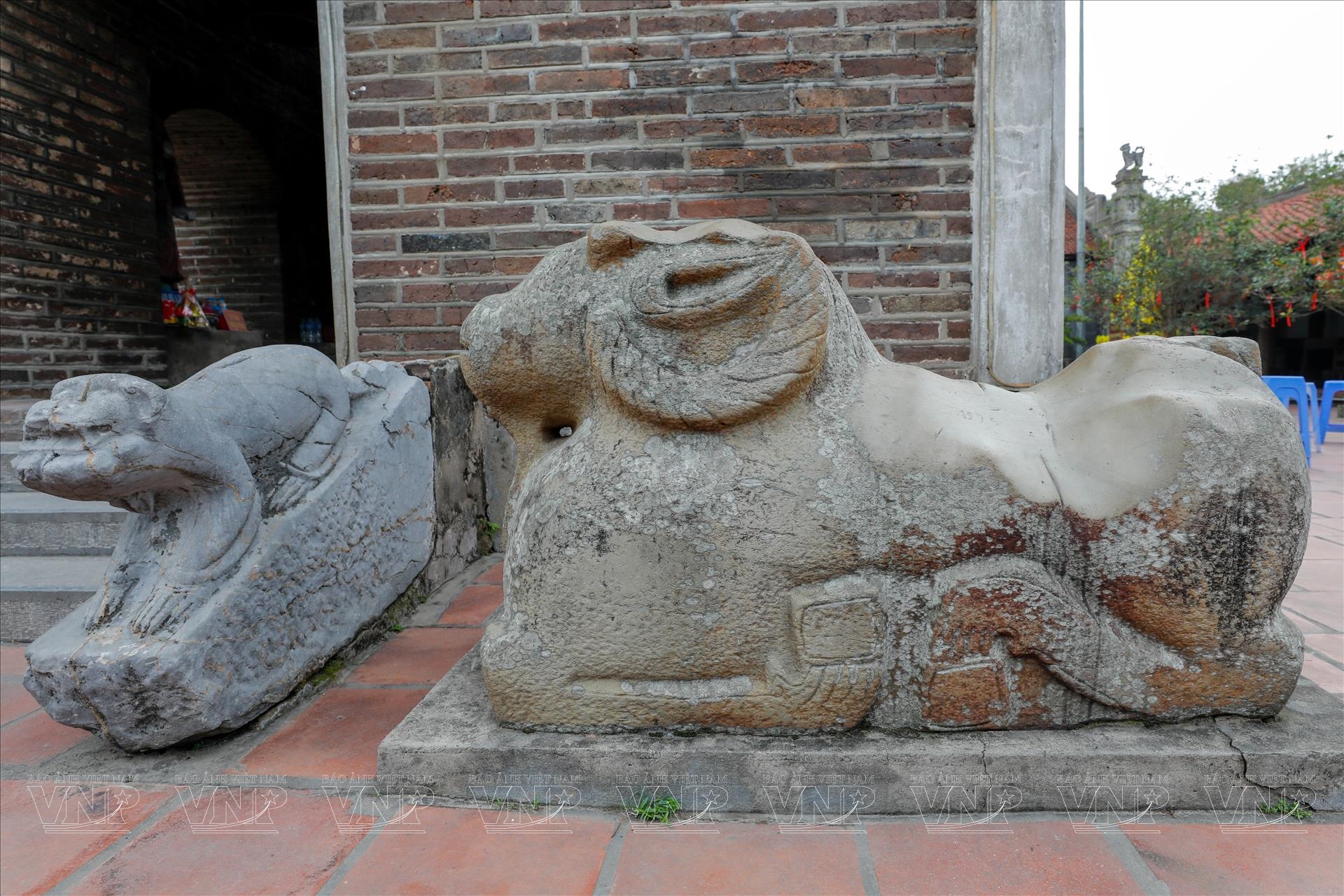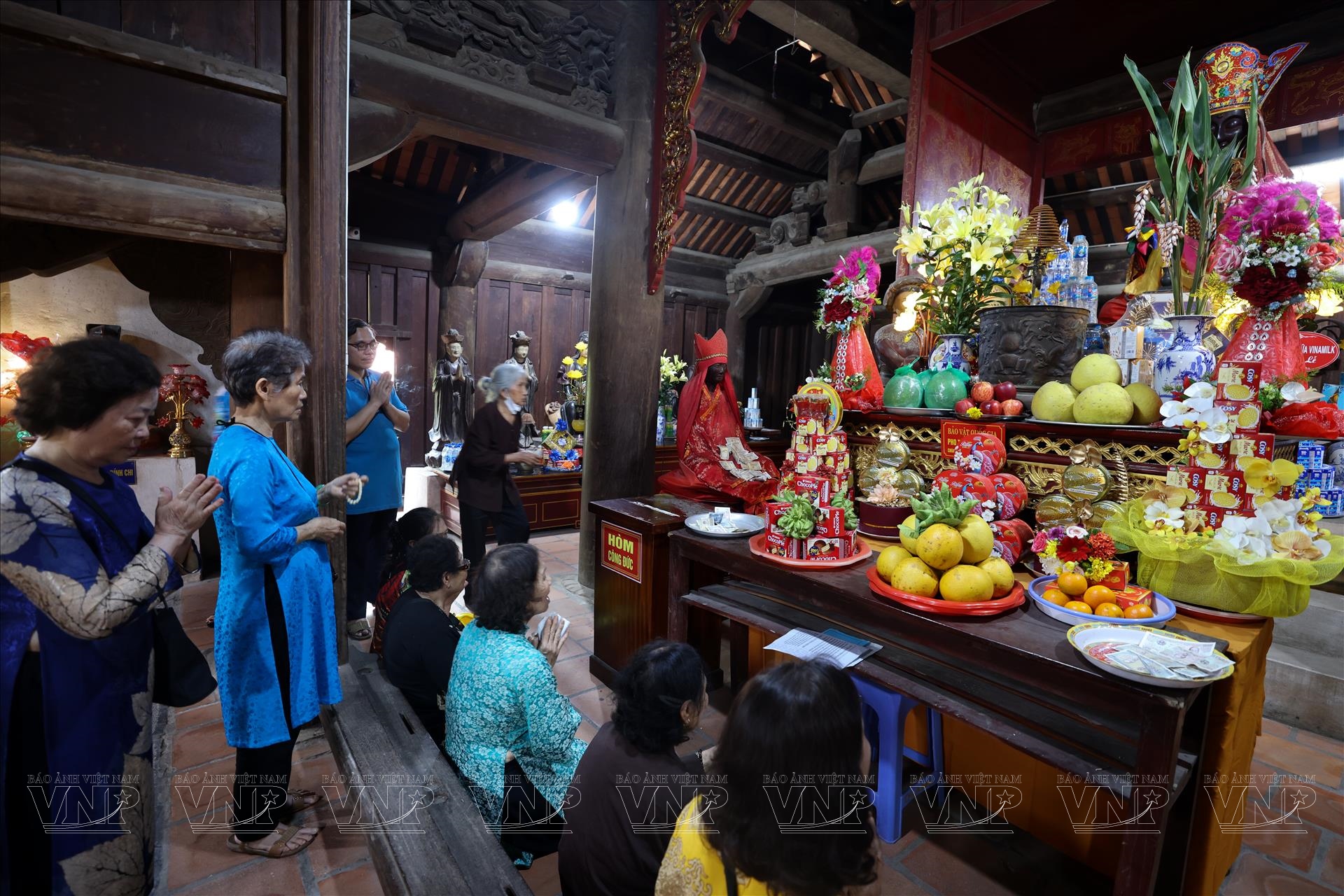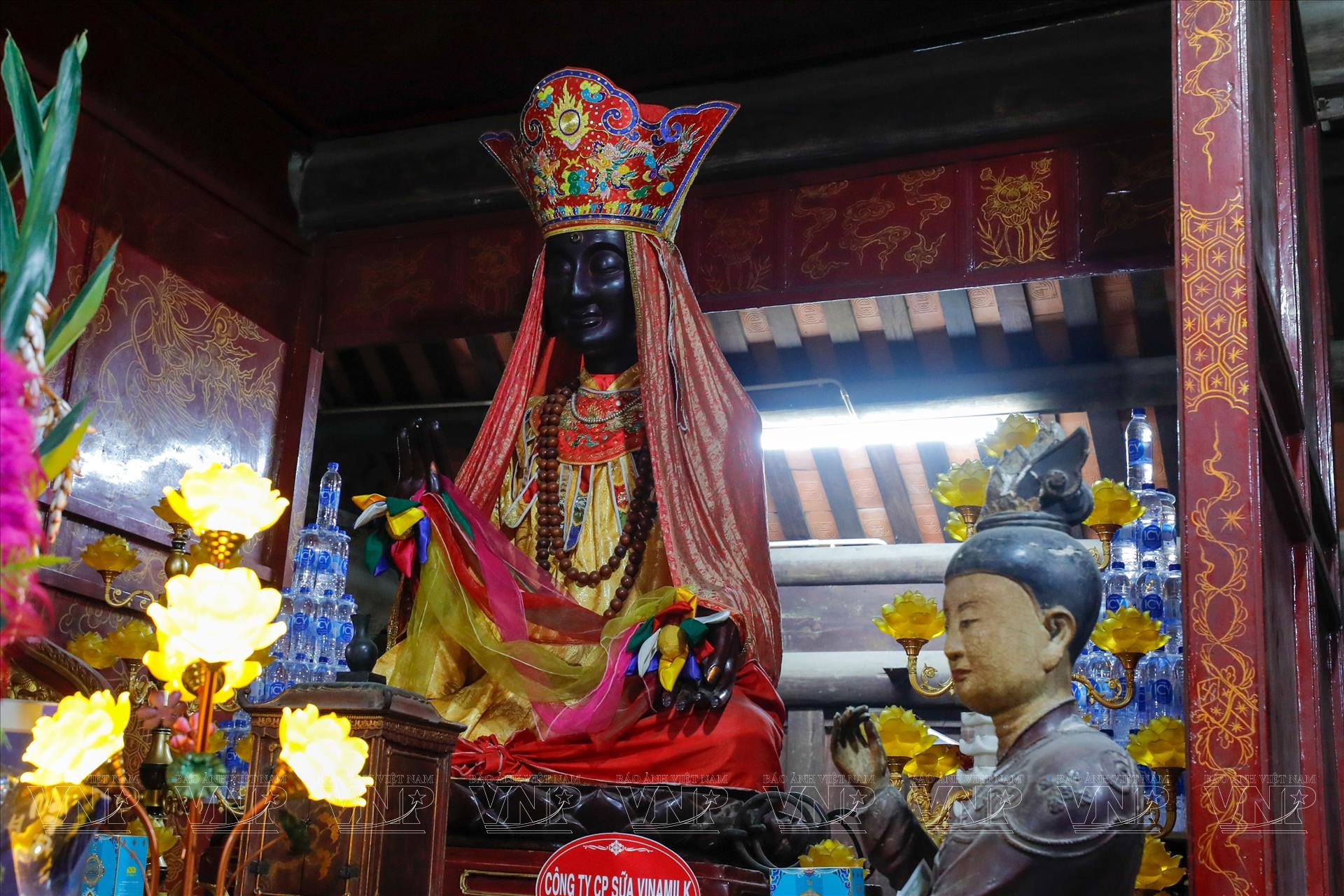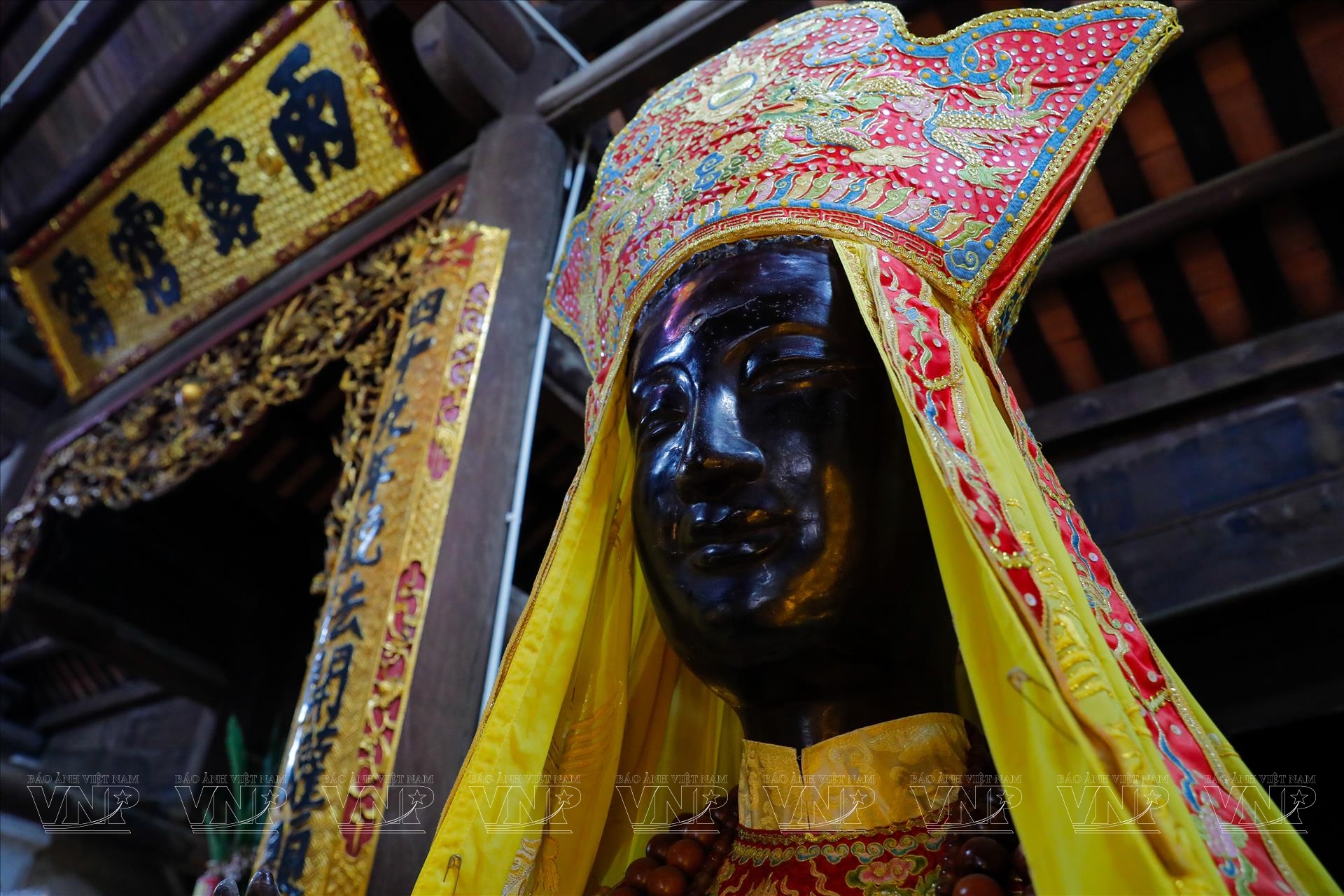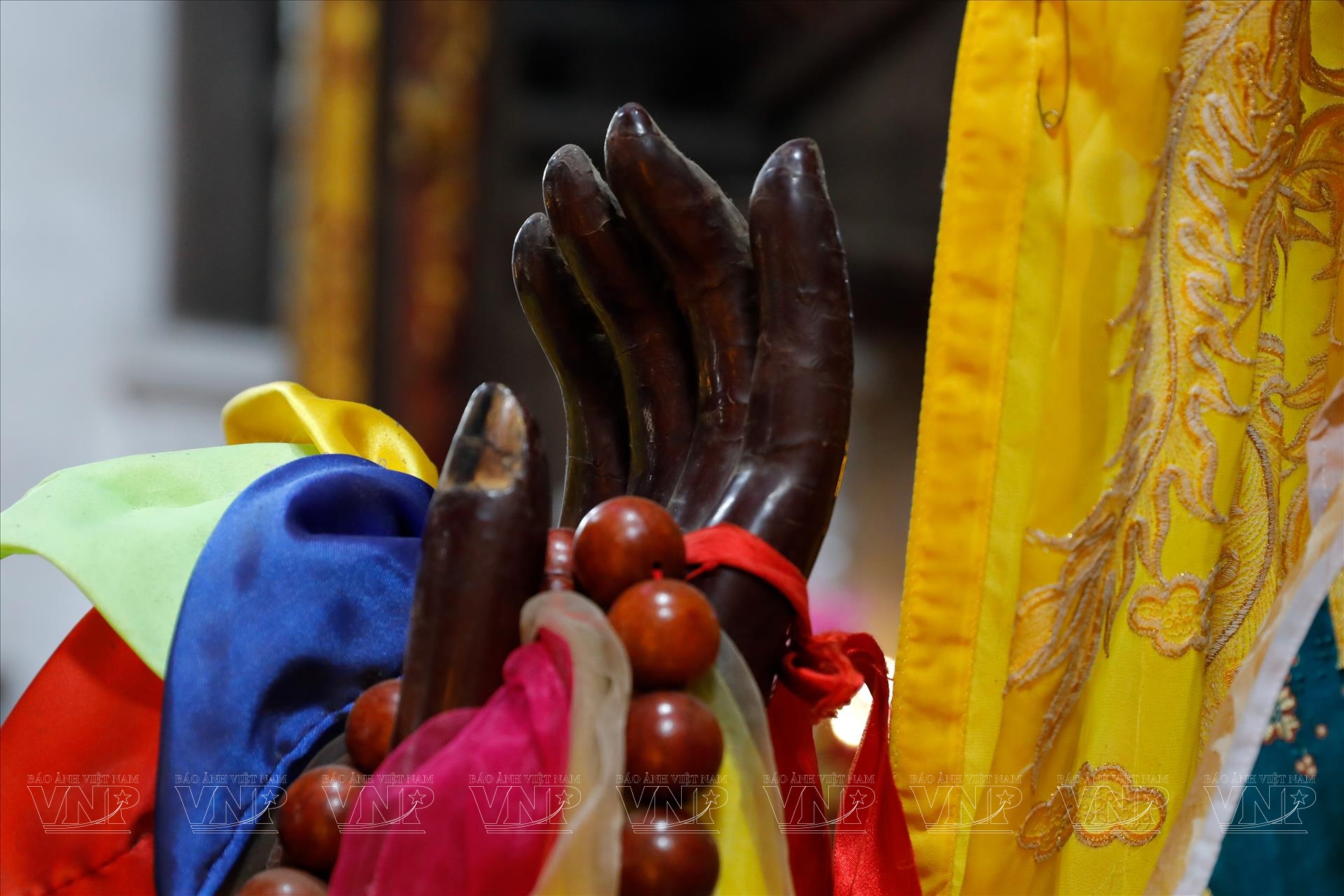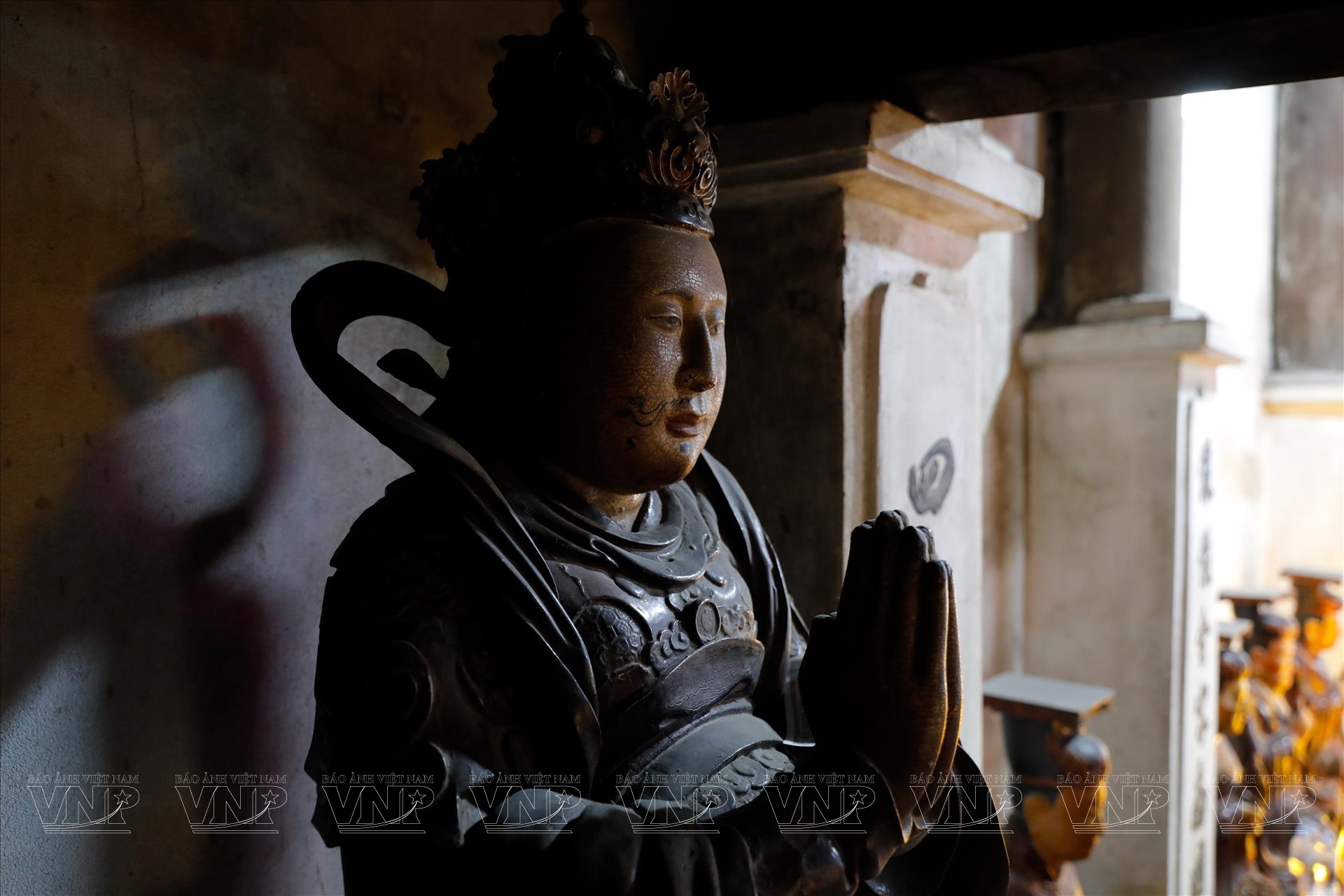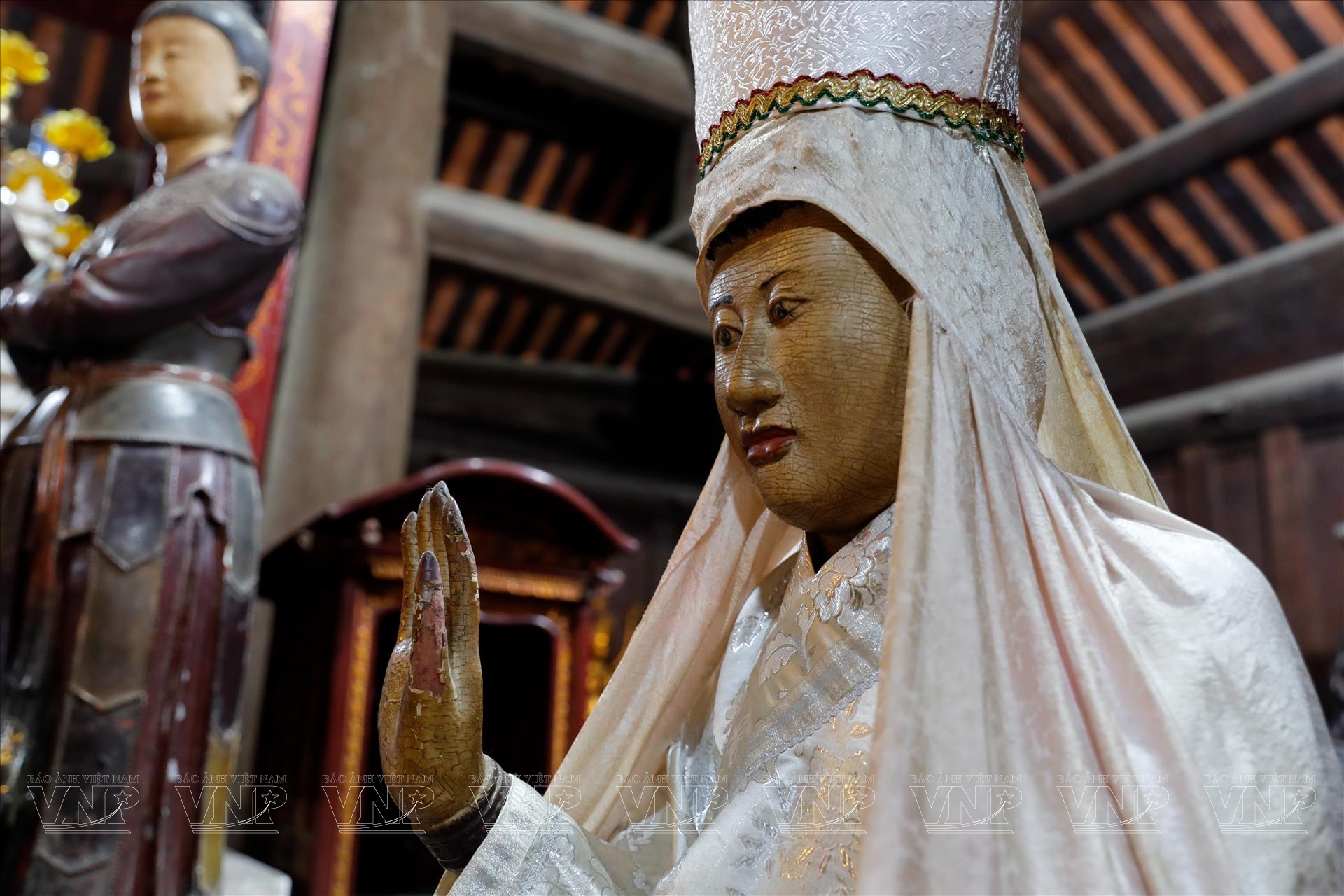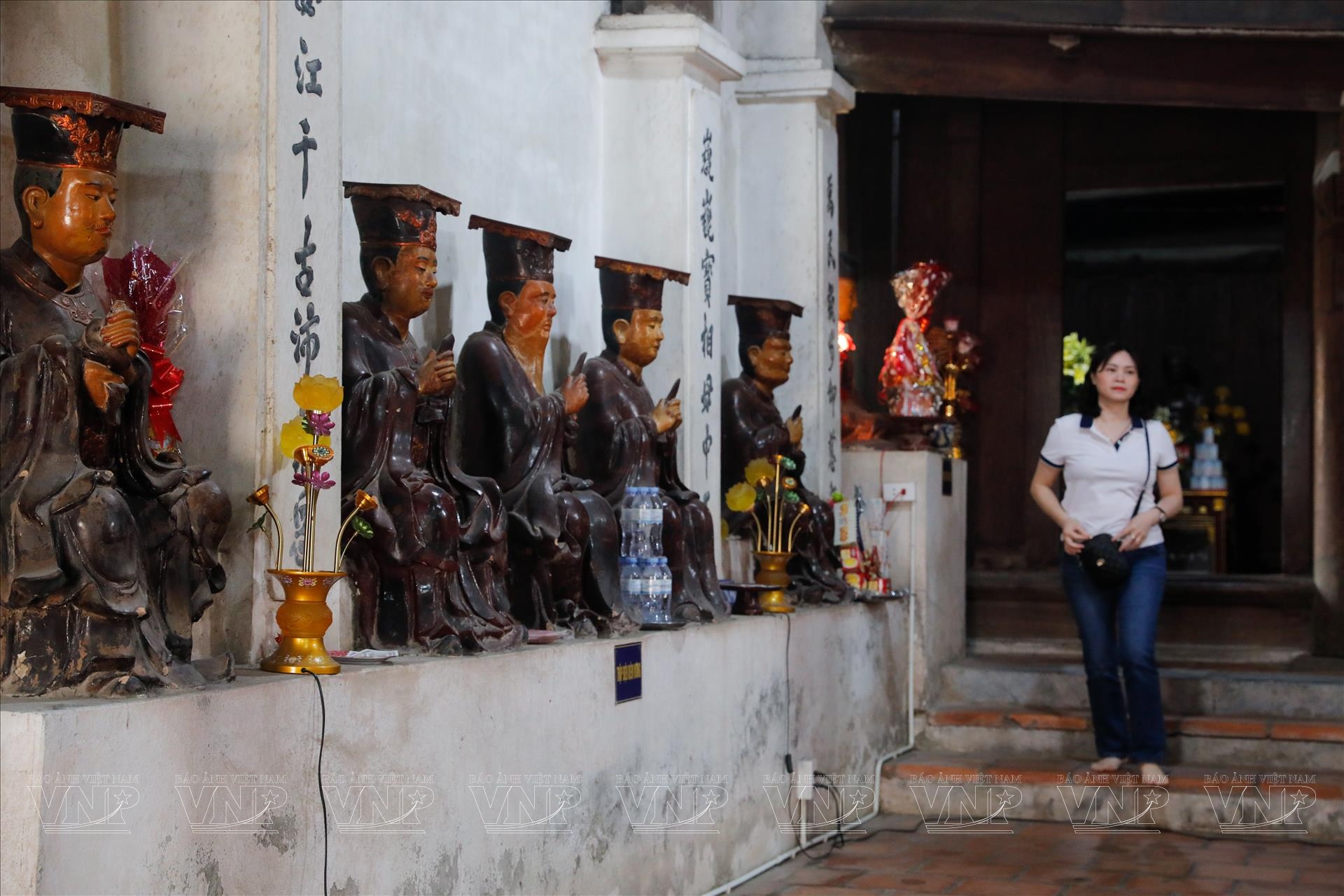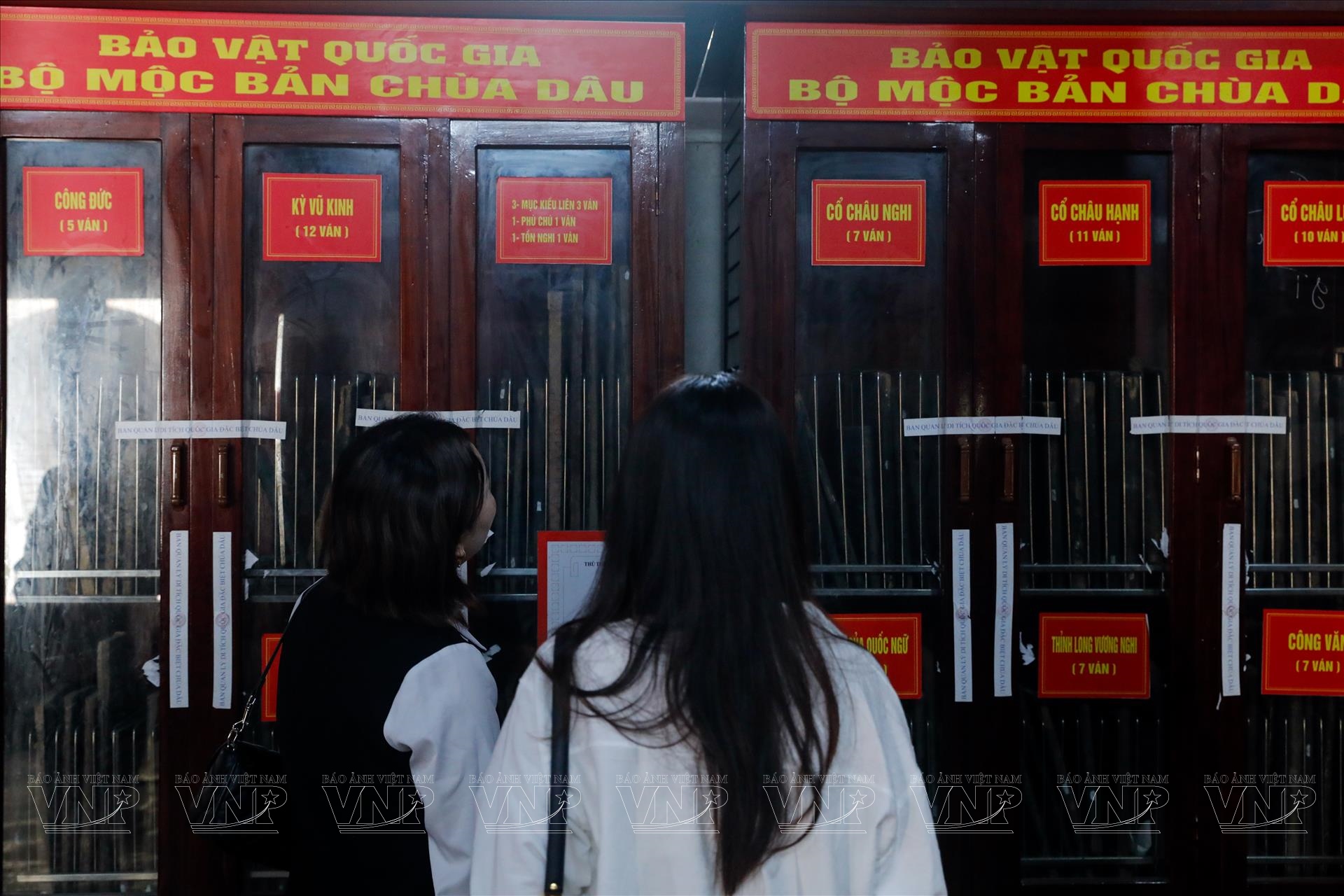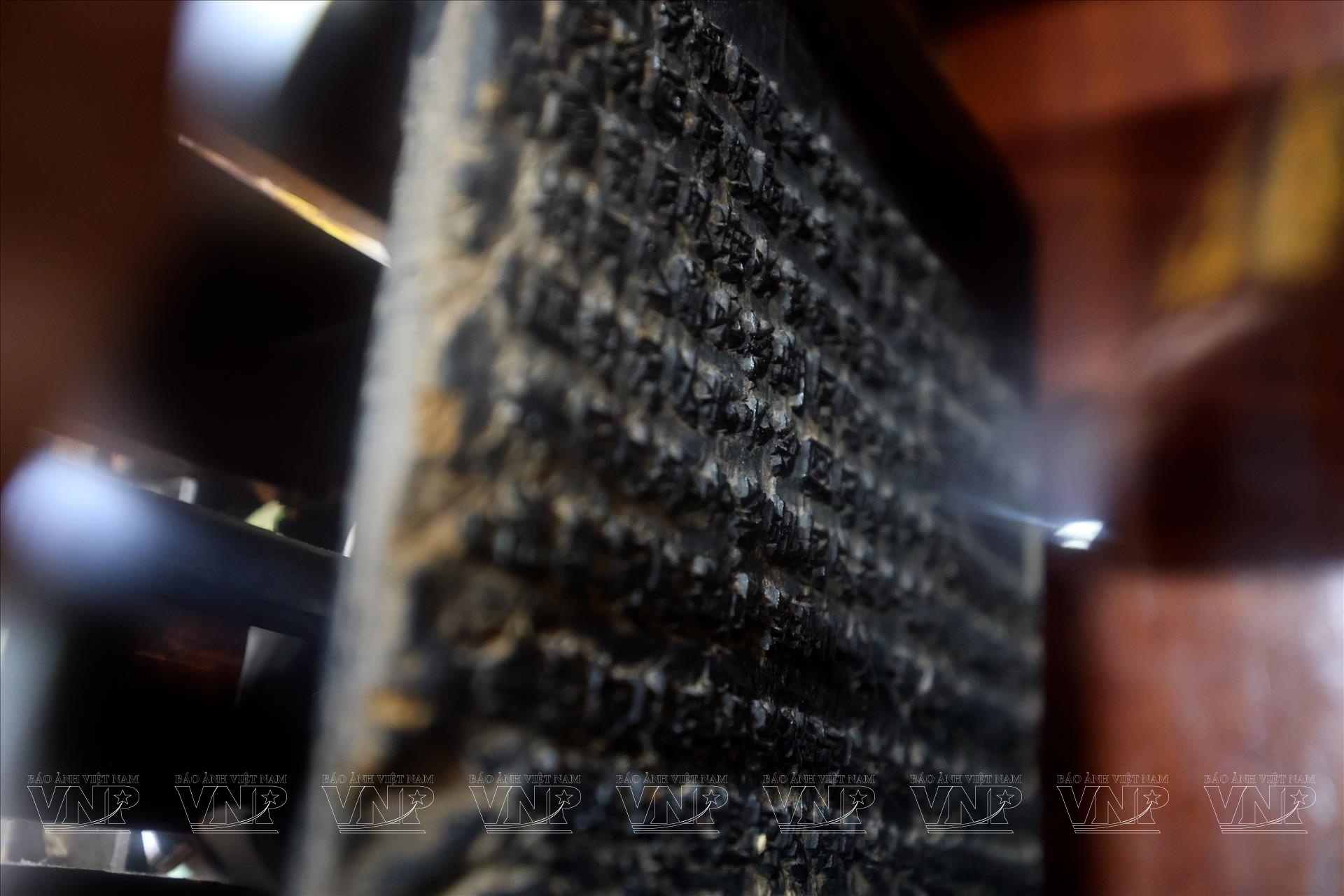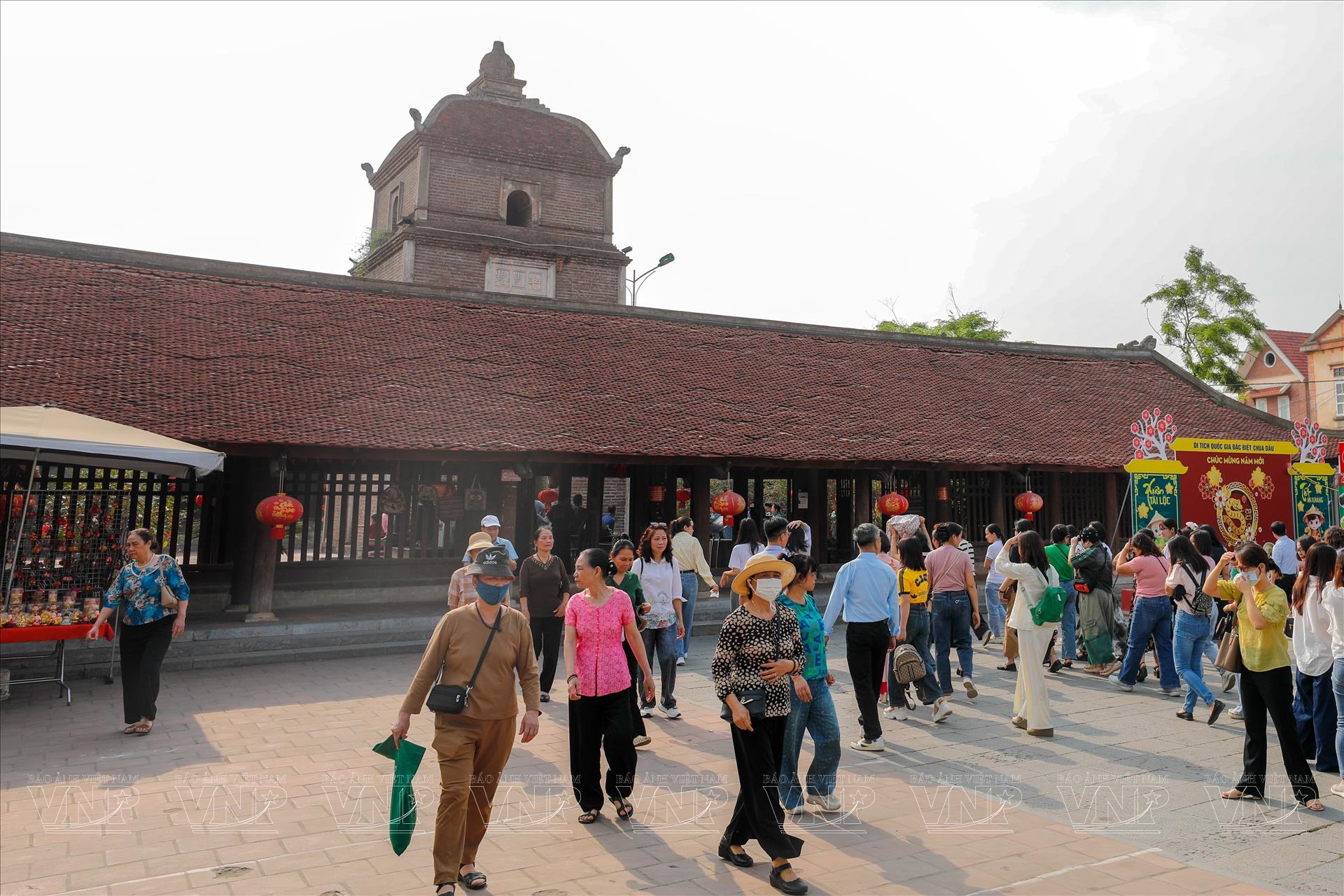Dau Pagoda - A Sacred Relic in the Kinh Bac Region
Tucked away in the peaceful countryside of Tri Qua ward, Bac Ninh Province, Dau Pagoda is one of the oldest temples in Vietnam. Believed to have been built as early as the 2nd century CE, this sacred site is widely regarded as the cradle of Vietnamese Buddhism and a guardian of priceless cultural treasures, earning its recognition as a special national relic.
Originally constructed in Luy Lau, once a flourishing political, economic, and cultural hub in northern Vietnam, Dau Pagoda stood at the crossroads of history and spiritual tradition. It was here that Indian Buddhism, brought along ancient trade routes, merged with indigenous beliefs, giving rise to the unique Tu Phap (Four Dharma Spirits) tradition. These deities - Phap Van (cloud), Phap Vu (rain), Phap Loi (thunder), and Phap Dien (lightning) - symbolize the essential natural forces that sustain agricultural life. Among the pagodas devoted to these deities, it holds a central place as the ancestral pagoda deeply revered for its spiritual and cultural significance.
Through nearly two millennia and multiple restorations, Dau Pagoda has preserved its classic architectural layout, built in the traditional Noi cong ngoai quoc style. This design harmoniously integrates the inner sanctuary with the surrounding spaces, creating a balanced and meditative environment. The pagoda complex features a grand entrance gate, ceremonial halls, ancestral houses, surrounding corridors, and its most iconic structure - the Hoa Phong Tower.
One of the most striking features of the site, the Hoa Phong Tower is a three-tiered brick structure rising approximately 17m. Each level narrows gracefully upward, culminating in a lotus-bud finial that symbolizes spiritual purity. Inside the tower are statues of the Four Heavenly Kings, along with an ancient bell and bronze gong - testaments to the refined craftsmanship of the Le Trung Hung period.
Dau Pagoda is also renowned for its exquisite collection of sacred statues, most notably the wooden sculptures of Phap Van and Phap Vu, which have been officially designated as national treasures. Carved from rare wood, these masterpieces showcase remarkable artistry and embody the convergence of Buddhist iconography with traditional Vietnamese folk beliefs.
Adding to its cultural legacy, the pagoda also preserves a rare set of ancient woodblock scriptures, likewise recognized as national treasures. Carved on precious thi (Diospyros decandra) wood, these blocks contain significant Buddhist texts and offer invaluable insights into Vietnam’s linguistic, philosophical, and religious heritage.
For its profound historical, architectural, and artistic value, Dau Pagoda rightfully holds the title of a special national relic - an enduring symbol of the spiritual life and cultural identity of the Vietnamese people.
Today, the pagoda remains an active pilgrimage site for Buddhists and a cultural landmark for visitors. Its profile rose even further after it was featured in Bac Bling - a viral music video by singer Hoa Minzy that garnered over 200 million views on YouTube. Capitalizing on this cultural moment, the Bac Ninh Tourism Department launched free guided tours tracing filming locations from the video, with Dau Pagoda as a highlight. This creative initiative has brought new attention to the ancient temple, especially among younger generations, reaffirming its place as a spiritual gem of the Kinh Bac region.
By Viet Cuong/VNP Translated by Nguyen Tuoi
